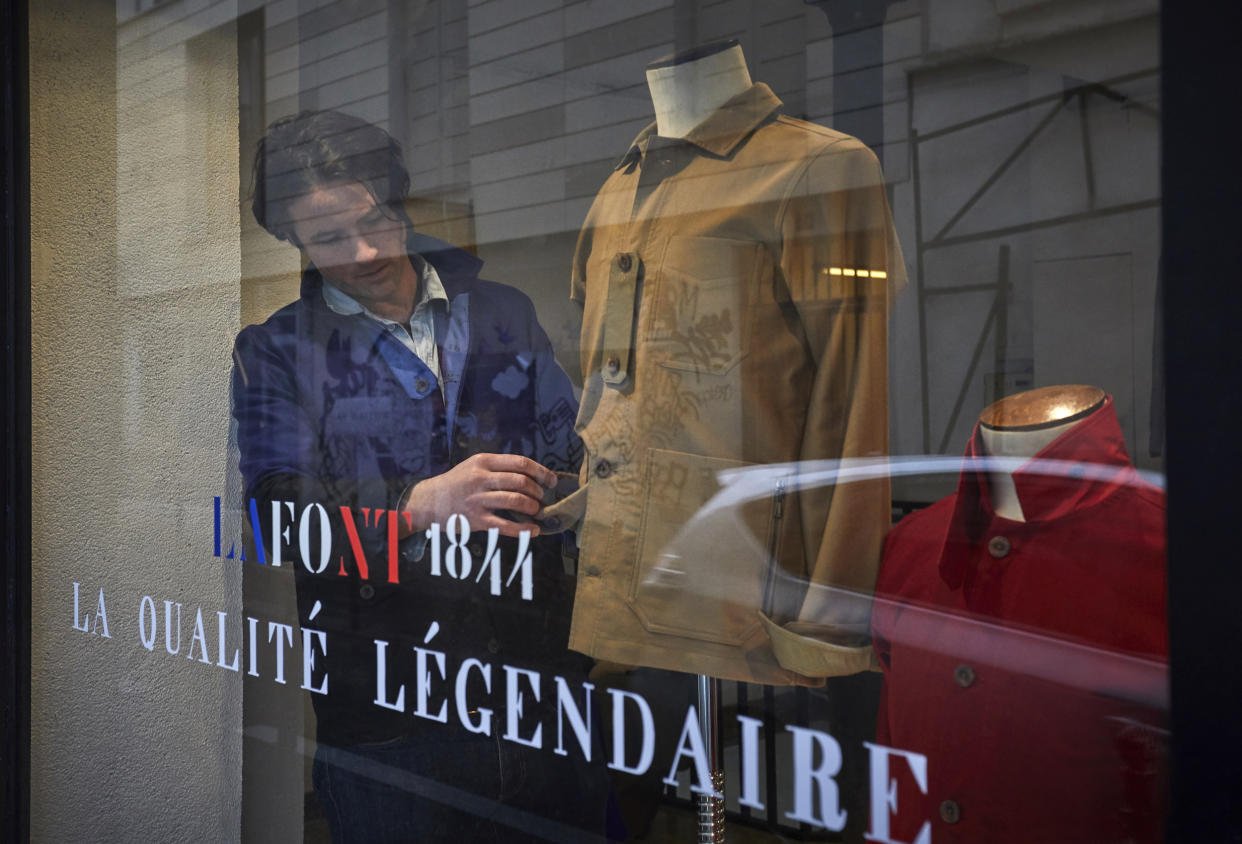Think Tank: The Legacy Brand’s Guide to Retail Survival

Legacy brands are working harder than ever in 2019. Between mastering the continual mix of history, heritage, and modern thinking, legacy brands are also having to consider today’s “retail apocalypse” into their plans by asking questions such as “what is it?” or “how will it affect us?” and “how can we come out ahead?”
Today, now more than ever, being in retail means looking into the future; mainly, anticipating your customer’s future needs. To do so, legacy brands need to make use of their customer data to grow those relationships. Sounds easy, but the reality is that there’s a ton of challenges in collecting and deciphering the data that’s right in front of you. Done right, every legacy brand should be able to make sure it’s not leaving customers behind and money on the table.
Related stories
Paris Blockchain Week to Spotlight Benefits of Cryptographic Technology for Luxury Goods
ThredUp's Reinhart on Thinking Secondhand First
30 Years Disrupting the Furniture Business
To Get What You Want, Look at What You Have
When it comes to bridging the gap between what customers need and want and what retailers are readily offering, the situation is pretty dire. We’re sitting on this mountain of data that is just waiting to be utilized, but it can be tough to know where to start. Is the name of the game customer retention? Lifetime value? Customer acquisition costs? Luckily, the decision makers in retail have shifted their mind-set toward prioritizing loyalty for the first time in a long time. Loyalty is a hard riddle to crack for many reasons, mainly because there are so many aggressive promotions from digitally native upstarts. The combination of options and info at customers’ fingertips makes it hard for them to concentrate and commit to one brand, especially a legacy brand.
Many have said that Millennials have no brand loyalty, which may be partly true, but I think that’s a lazy way of assessing the situation. Instead of pointing fingers outward, any smart retailer will change their way of thinking and say, “OK, we want to retain more Millennial customers — what do we already know about them?” If you want to target great customers that will add brand value, you need to look at where they’re coming from and incorporate these strategies into your decision-making process.
Experience the Difference
Another way that legacy brands will come out ahead during the retail apocalypse is by taking a cue from the shiny new DTC brands they’re trying to outsmart. By opening concept or pop-up stores, you’re adding an extra component that is crucial for increasing brand awareness and strengthening personal connections with your existing consumers, encouraging fiercer brand loyalty. Experiential spaces can elevate your profile and give avid fans a chance to engage with your brand from almost every touchpoint imaginable. Associating bespoke sights, scents, and even tastes around a holiday, new product launch, or other marketing milestone is one of the best ways to gain brand recognition.
Think of it as a housewarming party of sorts. You updated your home for the first time in a long time (maybe ever!), and now you’re inviting your closest friends and some acquaintances to share in the fun, seeing you and your brand differently than they have before. Intertwining tactile and digital components in an experiential space is one of the best ways to keep customers happy while collecting the data you need to plan for the future of retail.
Less Shiny, More Impactful Tech
The third piece to this puzzle is keeping up with your customer and incorporating new technologies into your retail experience to gather info on her. The retail-first focus needs to shift to a customer-first focus, which will certainly include technology. Sure, we’ll see more in-store AR in the years to come, but that said, don’t expect one easy, technology magic bullet to fix your growth problem. This mind-set is exactly what got retailers into the state they’re in to begin with. Remember that 80 percent of revenue is still coming from the store, and that means that in-store customer analytics affect the overall strategy of the organization, empowering you in the traditional sense of retail.
These are the decisions that will make a legacy brand win: better insights into what your customers are doing and leveraging that into customer growth. Ultimately, it’s about making better decisions, plain and simple.
Unfortunately, there’s not one quick fix that will save you from the retail apocalypse. What it all comes down to, as it has before, is a combination of building the right products, merchandising the right products on the shelves, ordering an accurate amount of inventory, and moving product.
What’s new is our opportunity to leverage customer insights. At the end of the day, the answer is in your customer data, it’s just a matter of how to bridge that gap between the data and the consumer. Like most good things, the answer is right in front of you, so don’t let it go to waste.
Corey Pierson is cofounder and chief executive officer of Custora.
Sign up for WWD's Newsletter. For the latest news, follow us on Twitter, Facebook, and Instagram.

